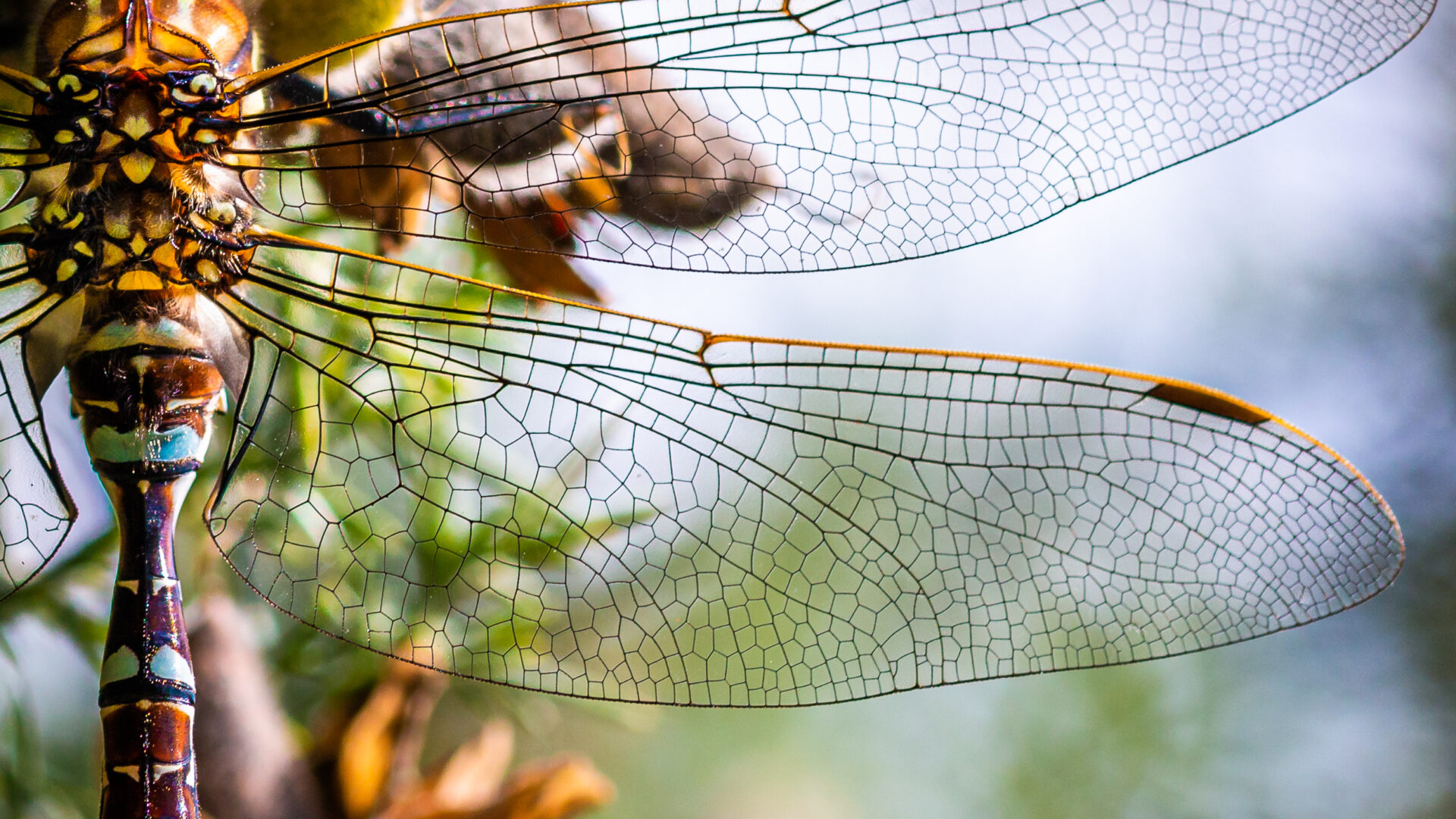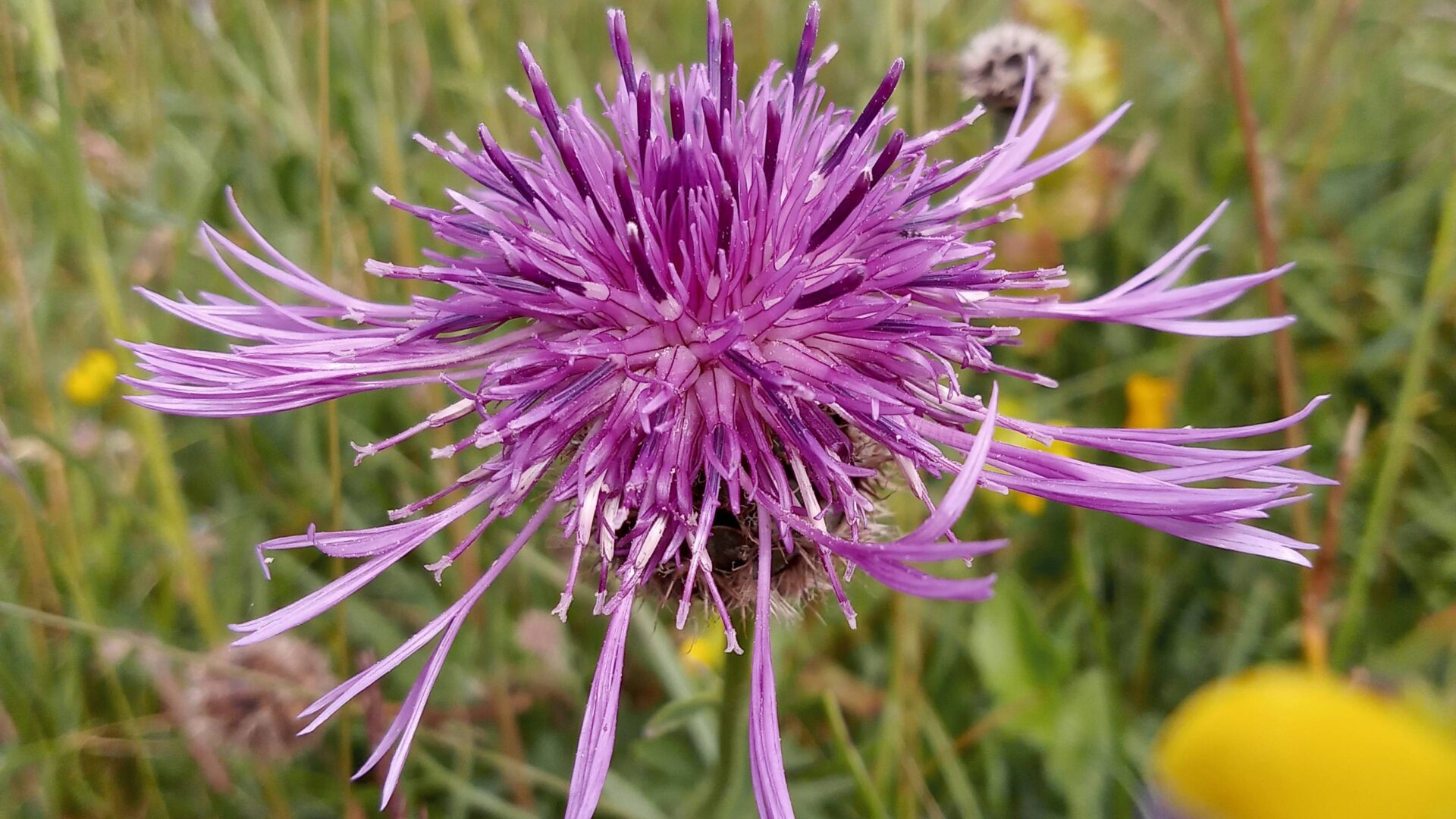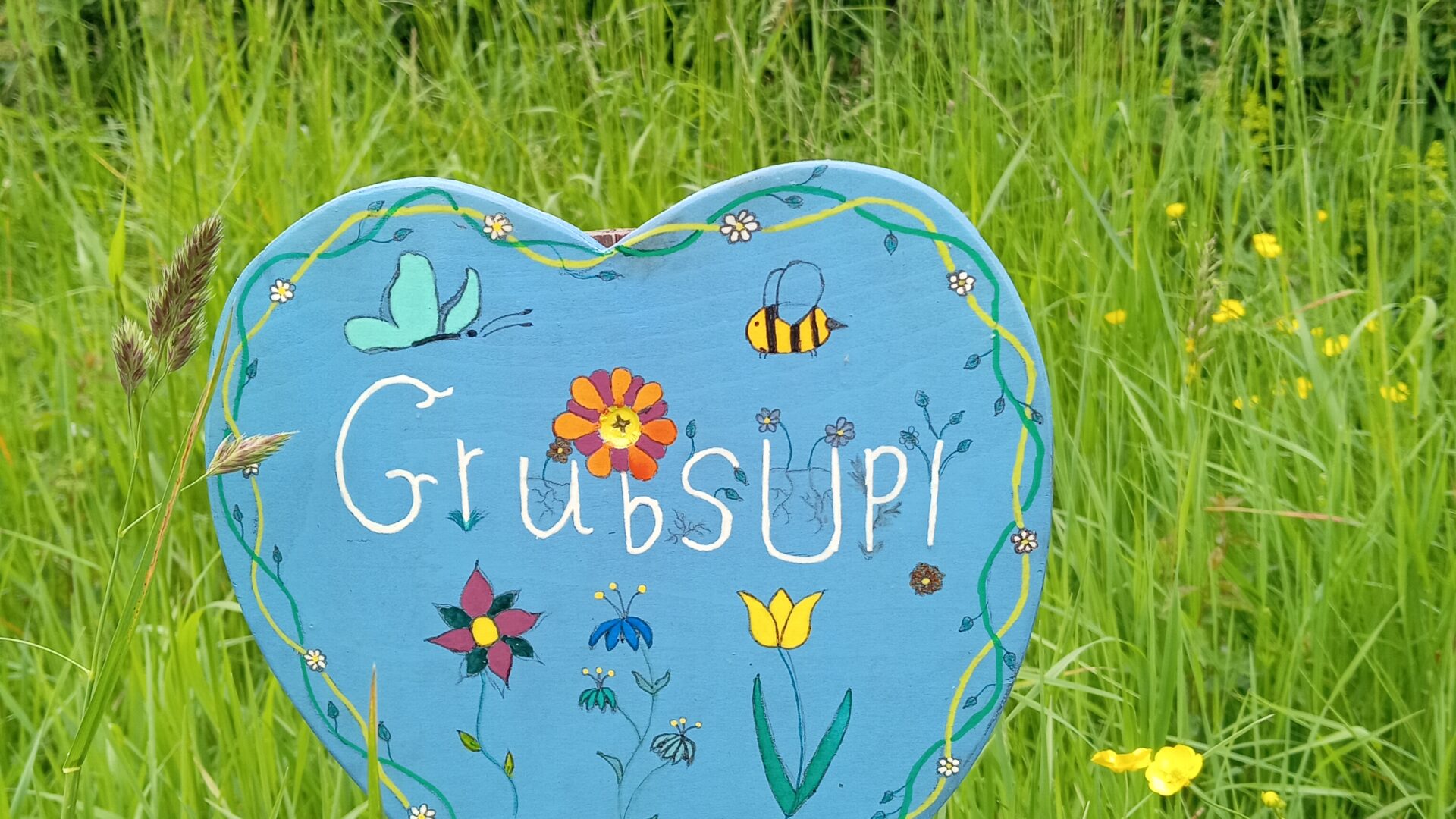
LookWild: The project making the North York Moors a better place to be a bug
-
Date posted: 28/07/2025
-
Time to read: 3 mins
Insects play a crucial role in healthy ecosystems. The GrubsUp! Project in the North York Moors is seeking to make a better landscape for these small but mighty creatures – and harnessing the creativity of the local community along the way.
We love insects here in the North York Moors National Park, , but their existence is often threatened by fragmented habitats and human activity. Through this project, we are trying to make the National Park a better place for insects by creating a tapestry of thriving wildlife sites.
The activity supported by GrubsUp! includes a wide range of habitat improvement works focusing on roadside grasslands, degraded meadows, enhancing flora in newly-planted woodland areas, and working to tackle invasive species.
GrubsUp! is made possible through funding from Santander, Howdens, and a S106 contribution from Anglo American. It spans nearly 200 square miles north of the scenic A170 in North Yorkshire. This stretch falls within the B-Lines strategic corridors and includes sections of the Tabular Hills, a limestone-rich area known for pockets of calcareous and neutral species-rich grasslands.
Road verges are proving especially useful, and the project team has joined forces with North Yorkshire Council Highways to enhance these often-overlooked strips of land. By connecting existing pockets of habitat with these natural corridors, we give insects a better chance to find shelter and food, and ultimately, to survive in changing environments.

GrubsUp! is also enhancing wet environments such as ponds and scrapes, revitalising hedgerows with climbing plants and ground flora, and breathing life into traditional orchards by planting local fruit tree varieties. New boundary and in-field trees are being added to the landscape, creating both pathways for wildlife and future generations of veteran trees.
Community is at the heart of this project, demonstrated perfectly by contributions made by a local ‘Men in Sheds’ group. Its members crafted 75 blue heart signs from wood offcuts donated by Howdens, to highlight where verges have been intentionally left to grow wild.
These signs were colourfully decorated by children from three local schools and a scout group, creating visual reminders that beauty and biodiversity often come together. These hearts are inspired by the nationwide BLUE Campaign.
The team has also worked with school and community groups to build wildlife homes and spark grassroots environmental engagement.

Feeling inspired?
There are lots of ways to support wildlife at home. Even small changes can make a significant difference.
A great place to start is by letting lawns grow long in spring and early summer and removing grass cuttings to lower soil nutrients, allowing less dominant grasses and even wildflowers to grow.
Incorporating native wildflowers into garden beds offers pollinators much-needed food sources, while hedgerows can become rich habitats when managed with thoughtful timing and minimal trimming.
More tips:
- Plant local fruit or native broadleaf trees to support wildlife.
- Leave deadwood — fallen logs or standing trunks — in place to provide vital insect habitat.
- Preserve wet garden corners, such as ponds, muddy patches or slow streams. By simply leaving them undisturbed, they can become biodiversity hotspots.
- Minimise night-time lighting, use light only when and where needed, and by using low watt, downward-facing warm LEDs, you can help protect nocturnal species (and enjoy lower energy bills and clearer starry skies).
To learn more about the GrubsUp! project, visit www.northyorkmoors.org.uk/GrubsUp or contact the team directly at conservation@northyorkmoors.org.uk
For deeper insights into the B-Lines initiative, head to Buglife.
Check out the Blue Campaign for more ideas on supporting wild spaces closer to home.

